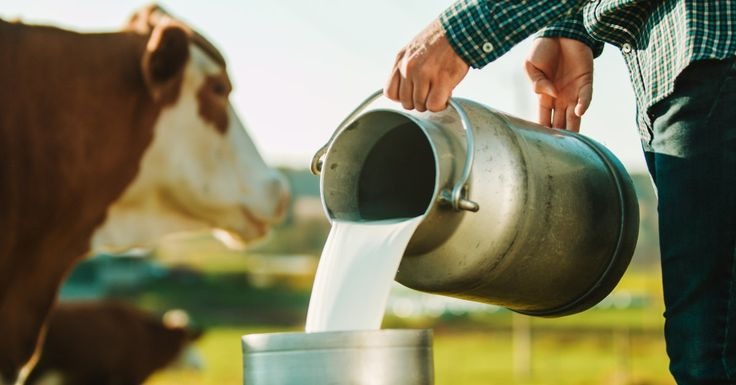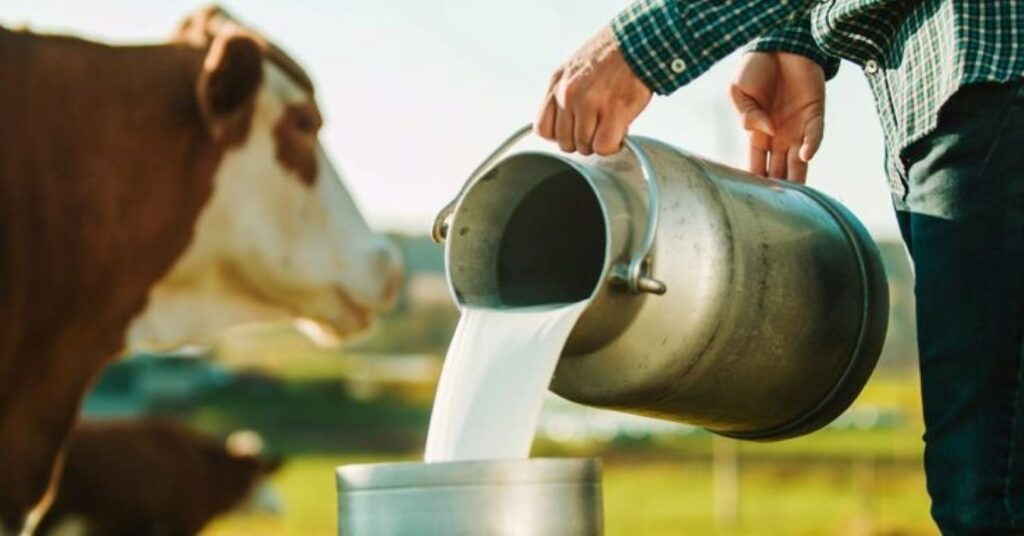
The bird flu in the US has become a threat, and the country is already feeling its impact on food production and animals.
It has infected millions of animals, including chickens, wildfowl, and mammal species. Reports now claim it is common among dairy cows.
Since March, it has infected 94 herds across 12 states. The latest animal to contract the virus was an alpaca on an Idaho farm.
The details have the experts convinced the disease outbreak is happening on a “gigantic” scale. The increasing egg prices and renewed food safety warnings are proof of this. Officials have even enlisted the help of dairy and poultry farmers in preventing its spread.
ALSO READ: WHO Reveals First Human Case of H5N2 Bird Flu Ended in Fatality
The highly contagious H5N1 virus proudly sponsors the bird flu outbreak. Initially detected in Europe and Asia in 2020, it has since spread.
Every continent has recorded cases. It is different for the US this time because although the country has dealt with a bird flu outbreak before, this one has lasted longer and is more widespread.
There have been cases of infection among domestic poultry flocks in every state except Louisiana and Hawaii. Between May 1 and July, more than 5.9 million birds, including those in commercial operations, backyard flocks, and farms, were infected.
Farmers have to kill all the birds when one turkey or chicken gets the virus, and it spreads through the poultry flock. This action also helps prevent human infection. However, it is making eggs and other dairy products more expensive.
The experts are right to worry about the extended bird flu outbreak. Some studies claim the more widespread and long a viral outbreak is, the higher the risk of genetic mutations.
Such mutations allow a virus to cross more easily from animals to people and spread among them. Humans can contract bird flu, but the risk of that happening in the US is very low. According to a recent briefing, federal authorities urge the public to be “alert but not alarmed.”
POLL—Is Climate Change a Major Threat That Requires Immediate Policy Action?
The flu has been around since the winter of 2021-2022, but only four people have tested positive in the US, with no fatality recorded. It is however not the same outside the US as some deaths have been recorded.
Officials say everything except raw milk is safe to prevent infection. However, they have urged people to ensure they cook ground beef and eggs thoroughly.
Cooking occurs in the presence of heat. This removes remnants of the virus in egg yolks or ground beef after once-infected dairy cows are transported to the market to be butchered.
Raw milk is not encouraged at this time because it may likely contain harmless traces of the virus. Though pasteurization kills the active virus so it can’t be transmitted, those harmless traces remain. They have been found in an estimated 20% of the nation’s milk supply.
There is no critical evidence that the virus infects raw milk. Still, the FDA has asked states to restrict it as a precaution.
This is a wise decision especially since the virus is now rampant among dairy cows, another cause for concern. Such spillovers are rare. Some experts speculate it may have started with wild birds infecting a cow in the Texas Panhandle.
The entire herd, which wasn’t showing any symptoms at the time, was moved to Michigan. The virus has spread to other states, and the investigation is still in full swing.
WATCH: Wolves Thrive in Chernobyl’s Radioactive Land, Develop Unexpected Abilities
Outbreaks like this usually burn out as wild birds build immunity and stop spreading the virus. It is an outcome scientists are will happen again, though this time, it’s seemingly taking longer than usual.
You Might Also Like:
How Donald Trump’s Abortion Stances Have Shifted Over the Years
Archeologists Claim They Have Discovered the Remains of Noah’s Ark
6 Health Benefits of Pumpkin Seeds
What Will America Look Like If Trump Wins the 2024 Presidential Election
Elon Musk Accuses Kamala Harris of Lying About Trump’s Stance on Abortion Ban

